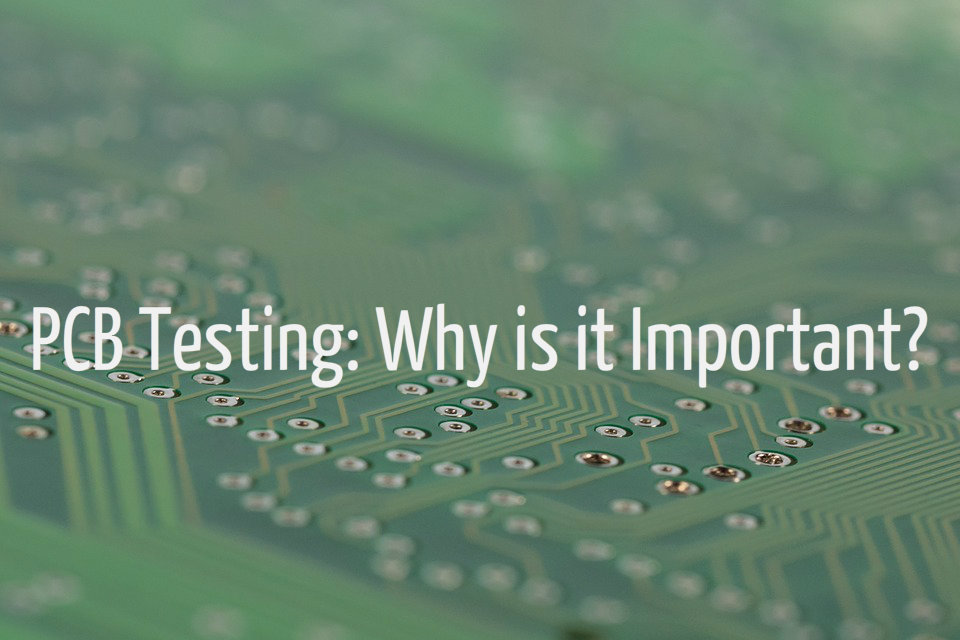In any manufacturing process, testing is a central element of the operation. Without robust testing processes, there is a risk of not identifying defects that could potentially cause products to fail, once they’re in the market. The long term outcome will be a poor reputation for your brand, and reduced customer confidence.
PCBs are central to the effective operation of electronic devices. To ensure the whole device works as planned, it is vital that they are comprehensively tested. With PCB design, testing needs to be incorporated into each stage of the design process. There are specific test procedures that need to be conducted as part of the process. Testing is more effective than identifying an error late in the development process or after the product has gone to market.
There are various tests for PCBs. The in-circuit test (ICT) method is a popular strategy for delivering fault diagnosis at a component level. It is cost effective, and helps identify issues with PCBs before they are integrated into larger units. ICT is a very accurate test process.
Specialist Automated Test Equipment (ATE) conducts a ‘manufacturing defect analysis’ (MDA). The testing validates each component on the PCB, and verifies passive control measurement, the orientation of diodes and transistors, and supply voltage. It also looks for open and short circuits. Tests can involve basic functional process validation as well as ‘vectorless’ test that check the PCB pins. Analogue and Digital measurements can be tested.
There is a cost for setting up an ICT – usually around $10-13,000. This investment provides a ‘bed of nails’ fixture. Because of this relatively large one-off fee, the method is suited to high volume manufacturing, generally when the designs are stable. While the initial cost is high, the ongoing cost for each unit is low. As a guide, a medium sized board can be tested in less than a minute, and at a cost per board of less than $1.50.
If there is a change to the PCB design, then new equipment will be required. Therefore, it is important that the PCB has been designed to allow for the testing. Keeping configurations simple by separating all components from the test pads is an example of optimizing the layout. For example, keep all components on one side of the board while test pads are on the other. There are fixtures that will allow probing of both sides, but using these increases the cost and the time to debug.
There are technical requirements for an ICT. A 0.05” test pad for each net needs to be incorporated into the PCB design. Spacing is important, as using appropriate spacing allows for the use of robust, long lasting test pins. The pads need to be at least 0.125” from the edge of the PCB, and 0.1” apart from any other component and each other. There needs to be space on the component side for the ‘pusher rods’ to be pressed down.
The test will be most effective when the board is provided in conjunction with a bill of materials, CAD and appropriate schematics. The data from the CAD will be used to generate the basic test program. This ensures that there is no manual interpretation of the board, but the information is sourced from the original design.
Debugging is achieved through using sample PCBs that are either populated or unpopulated. It includes ensuring that the PCB assemblies fit, physically, in their intended location.






